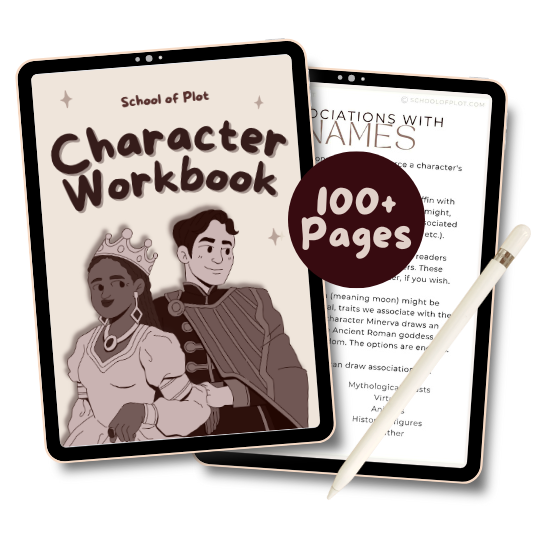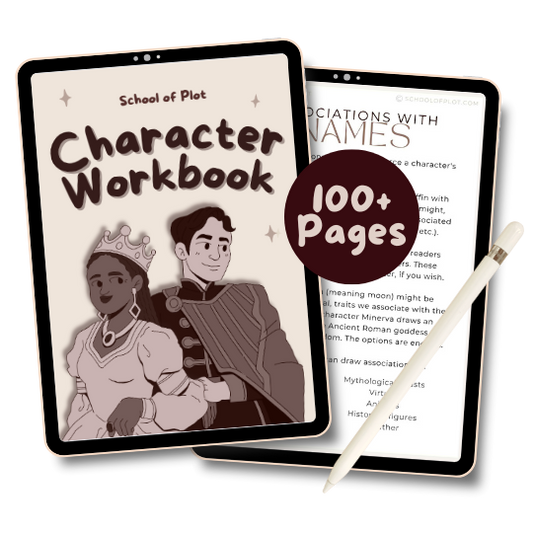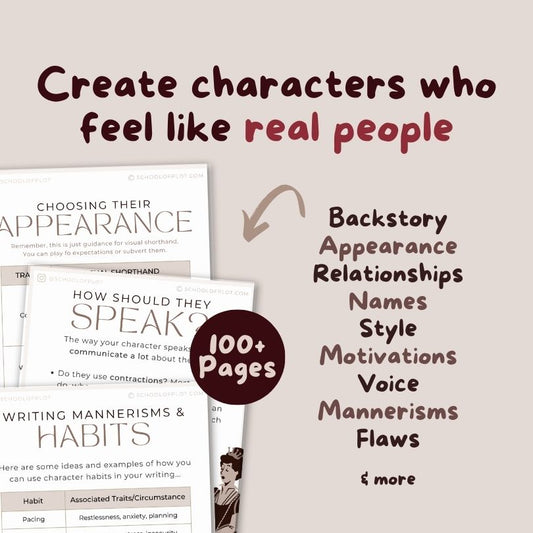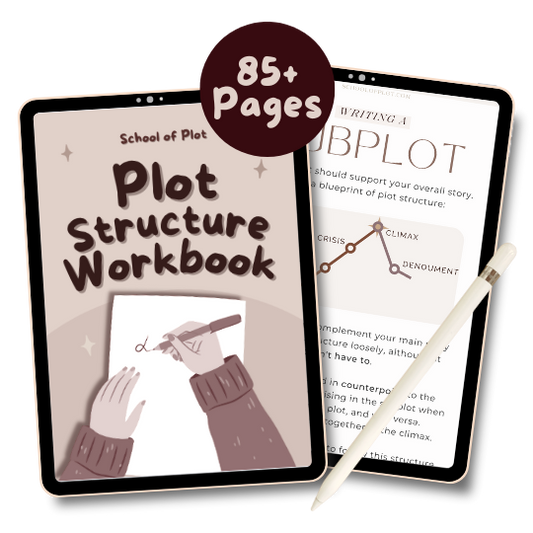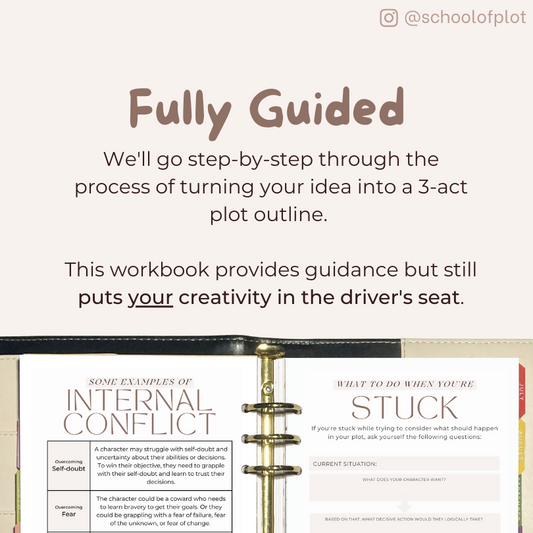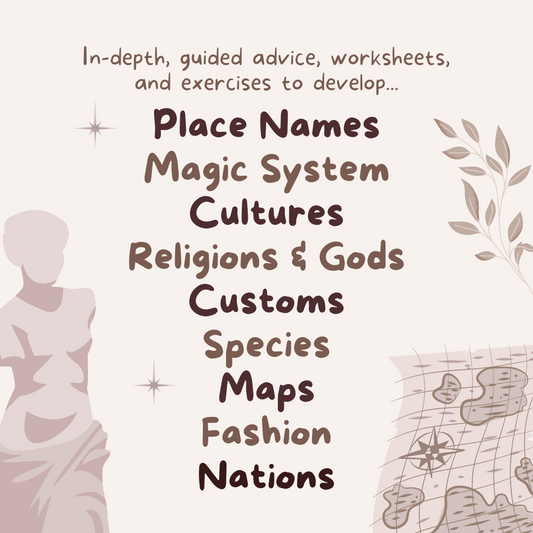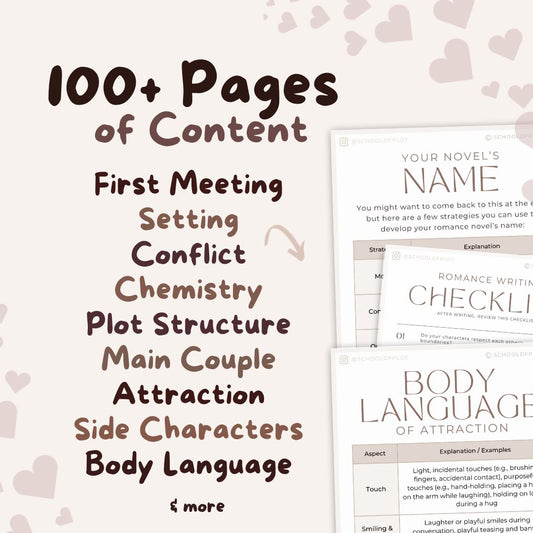Whether your characters are getting into swordfights, falling out of high windows, or escaping dramatic fires, you may be wondering what sort of injuries they would realistically sustain. This guide aims to explain some common injuries in fiction, as well as how to write each one.
I did my best to research this (check out the further reading links at the bottom too!) but please note that I'm not a doctor and it's always sensible to double check.
Disclaimer: This page is for writing advice and is absolutely not meant to offer m*dical advice in any way, shape or form.
Table of Contents
Concussion
- Initial Impact: When your character takes a blow to the head, describe the immediate disorientation, dizziness, and lack of balance
- Nausea: Within minutes, the stomach churns and they may feel physically sick
- Headache: As you can imagine, a concussion comes with pain to the head
- Sensitivity to Light and Sound: Suddenly, even the gentle hum of a fridge is an unbearable cacophony, and they're squinting out the sun
- Confusion: They may not be able to answer basic questions
- Memory Loss: Temporary amnesia.
Sword Fight Injuries
- Cuts and Slashes: A sword's edge can slice through flesh. Describe the stinging, burning sensation.
- Adrenaline: I might end up saying this a lot throughout, but sometimes adrenaline stops you from really feeling the true extent of your injuries, or keeps you powering through.
- Stab Wounds: Immediate, searing agony.
- Parrying Arm Strain: A blocked strike can still hurt. Muscles strain as they try to deflect the blow, causing your character to grimace in pain.
- Bruising: Swords aren't gentle; they can leave massive, dark bruises even through armour.
- Fainting from Blood Loss: If your character takes a nasty hit, they might experience that classic movie moment of a dramatic faint from blood loss.
- Impalement: In some cases, a combatant may be impaled by their opponent's sword. This can be a life-threatening injury, depending on where and how deeply the sword penetrates.
- Infection: After sustaining a sword injury, infection can set in if the wound is not properly cleaned and cared for, especially in historical settings where knowledge of sanitation and infection control was limited.
Gunfight Injuries
- Entry and Exit Wounds: If the bullet doesn't stop, it can create both an entry and an exit wound. The exit wound can be larger and messier.
- Nerve Damage: They might suffer nerve damage, leading to a numbing, burning sensation in the affected area.
- Fractured Bones: A gunshot can break bones, adding an extra layer of pain to the mix.
- Bleeding: Gunshot wounds often result in significant bleeding, especially if major blood vessels are damaged
- Shock: After being shot, shock can set in. Your character might become clammy, dizzy, and disoriented.
- Trajectory: The trajectory of the bullet can determine the path it takes through the body, which can affect the damage it causes. For instance, a bullet that strikes bone may fragment and cause more extensive injuries.
- Long-Term Consequences: Don't forget the emotional trauma, scars, and potential lasting disabilities that come with getting shot.
Knife Fight Injuries
- Adrenaline: As mentioned before, you may not realise the true extent of your injuries until after the fight due to the adrenaline that keeps you powering through.
- Stab Wounds: In knife fights, stab wounds are common. These can range from superficial punctures to deep, life-threatening wounds depending on the force and location of the stab.
- Slash Wounds: Knife fights can also result in slash wounds. These can vary in severity, from minor cuts to deep gashes that may cause significant bleeding.
- Areas: The location of the knife wounds can impact the severity and consequences. Knife wounds to vital areas like the neck, chest, or abdomen can be life-threatening, while wounds to limbs may lead to less immediate danger.
- Defensive Injuries: Characters involved in a knife fight may also sustain defensive injuries as they attempt to protect themselves. These may include cuts and abrasions on the hands and forearms.
- Nerve Damage: If the blade nicks a nerve, your character might experience searing pain, tingling, or even numbness.
- Scarring: Don't forget the scars they'll carry as battle souvenirs – a reminder of their knife-fighting escapade.
- Shock: After the fight, shock can set in, causing your character to go clammy, shaky, and disoriented.
Burns
(This one is especially gory, reader discretion advised)
- Superficial Burns (First-Degree): These are like a sunburn on steroids. Your character's skin turns red, itchy, and angry.
- Partial Thickness Burns (Second-Degree): These are blisters waiting to happen. Describe the pain of the blisters forming, filled with a clear, hot liquid, and the intense throbbing sensation.
- Full Thickness Burns (Third-Degree): The skin is gone, revealing muscle and fat. The agony here is relentless, like they're being cooked over a slow, painful barbecue.
- Inhalation Burns: If your character is near a fire or explosion, they might inhale hot gases, leading to scorched lungs and a hacking, bloody cough.
- Chemical Burns: Describe the way the skin reacts to corrosive substances – bubbling, blistering, and oozing.
The NHS website has more info, but be aware that they do have some pictures of burs: https://www.nhs.uk/conditions/burns-and-scalds/
Poisoning
This one really depends on the poison, how it's delivered, the dosage, and so on. You may need to do a deep dive if you're writing about a real poison. If you're doing a fantasy poison or a generic poison, you can consider these:
- Nausea: Poisoned characters often experience an immediate wave of nausea, as if their stomach has been replaced by a spinning black hole.
- Vomiting: The body may respond by trying to expel the poison by any means necessary. This is where the real fun begins.
- Abdominal Pain: Cramps and gnawing pain set in
- Dizziness and Weakness: Poison can leave your character dizzy, weak, and fatigued.
- Confusion: They may feel their thoughts cloud and become foggy.
- Seizures: Certain poisons can induce seizures.
- Paralysis: In severe cases, paralysis can occur, where your character is trapped within their own body, unable to move or speak.
Drowning
- Panic: When they realise what’s happening, your character will panic.
- Gasping for Air: As they struggle to the surface, their body convulses in desperate gasps for air.
- Water Ingestion: Describe the harsh coughing and choking as water rushes into their lungs.
- Disorientation: Drowning causes disorientation, confusion, and an inability to distinguish up from down, left from right, or which way is home.
- Muscle Fatigue: Their limbs grow heavy and tired.
- Loss of Consciousness: If the struggle goes on too long, the mind can shut down, leading to blacking out.
Suffocating
- Gasping for Breath: Initially, your character will frantically gasp for air.
- Chest Tightness: The airways constrict, making every breath a struggle.
- Panic: Suffocation brings pure terror.
- Dizziness: Oxygen deprivation leads to dizziness and disorientation.
- Tunnel Vision: Their vision may narrow as if they're looking through a telescope with a dwindling field of view.
- Loss of Consciousness: If the deprivation persists, your character might drift into unconsciousness.
- Convulsions: In extreme cases, the body might convulse as it desperately tries to get some oxygen.
Broken Bones
- Adrenaline Surge: When your character's bone snaps, their body floods with adrenaline. They might not feel the full extent of the pain immediately due to this sudden burst.
- Immobilising Pain: As the initial shock wears off, the pain intensifies, radiating from the broken bone.
- Swelling: The affected area swells up, and it's hot to the touch.
- Deformity: If it's a bad break, the bone might shift, causing the limb to take on a rather unnatural, Picasso-esque appearance.
- Bleeding: Broken bones can puncture the skin, leading to a lovely side of bleeding – an added splash of crimson to the scene.
- Nausea and Dizziness: Pain often brings its pals nausea and dizziness to the party. Your character might even faint.
- Limited Mobility: Depending on the bone, your character lose their regular level of mobility.
Frostbite
- Numbness: It may start with a gentle numbness.
- Tingling and Pain: This numbness soon gives way to a burning, tingling sensation that's anything but gentle. It's as if your character's fingers or toes are being poked with icy-hot needles.
- Skin Discolouration: The affected area turns pale, then waxy and hard, like a frozen statue. This is when you know things are taking a turn for the worse.
- Blisters: If frostbite progresses, your character may experience painful blisters.
- Gangrene: In severe cases, frostbite can lead to gangrene, where the frozen tissues begin to die, and your character's extremities turn black. They may be in for an amputation later down the line.
- Deep Pain: The pain becomes an unrelenting, bone-deep agony. Even a soft touch feels like a sledgehammer blow.
High Fall Injuries
The injuries a character would sustain after a fall from a high place depend on several factors, including the height of the fall, the character's position and orientation during the fall, and the surface they land on.
- Fractures and Broken Bones: Falls from significant heights can result in fractures or broken bones. The character might break their legs, arms, ribs, or even their spine. The severity and number of fractures depend on the height and the angle at which they hit the ground. Describe the shocking impact, followed by the sharp, gnawing pain.
- Head Injuries: Head injuries can be particularly serious. The character may suffer from concussions, skull fractures, or traumatic brain injuries. These can range from mild to severe and might result in loss of consciousness, memory issues, or other neurological problems.
- Internal Injuries: Even if there are no visible external injuries, a fall from a high place can cause internal injuries. These can include damage to internal organs, such as the liver, spleen, or kidneys. Internal bleeding may not be immediately apparent, but it can be life-threatening.
- Spinal Injuries: Landing on the back or neck can lead to spinal injuries. This can result in paralysis or long-term mobility issues, depending on the severity of the injury.
- Lacerations and Abrasions: Character may sustain cuts, bruises, and abrasions from contact with the ground or objects during the fall. These are typically less severe but can still be painful and require medical attention.
- Sprains and Strains: Landing awkwardly can lead to sprained joints, strained muscles, and ligament injuries. These injuries can be painful and affect mobility.
- Haemorrhage: Severe falls can cause internal bleeding, leading to haemorrhage. This can be life-threatening and requires immediate medical attention.
- Friction Burns: If the character slides along a rough surface after the fall, they might suffer friction burns or "road rash."
